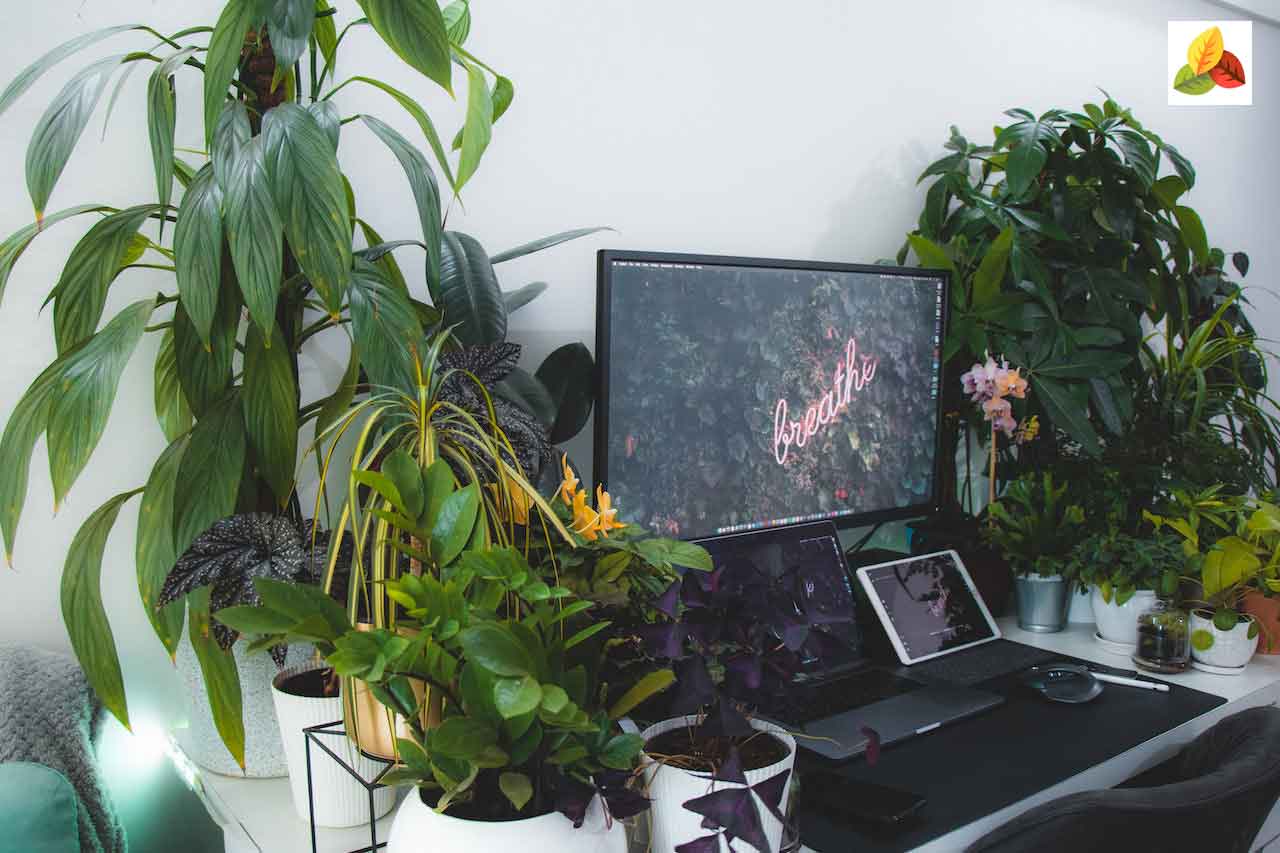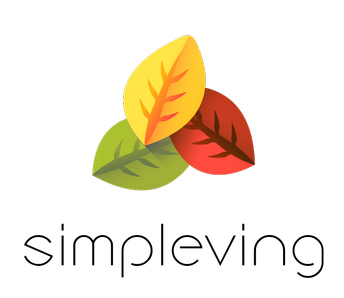I am a person who loves having sustainable living and I have done almost everything for that. The house I live in consists of a garden that follows sustainable living, an energy system that costs sustainable energy, and rooms that follow sustainable living principles.
I realized that my workspace would also follow the same path as a long time ago. But, I was afraid that it would affect my career.
I did a small research and followed my own rules to apply sustainability to my office room. These are my techniques and how I created a sustainable office room.
Started Using energy-efficient equipment
I thought that the best way to start the conversion is to go with the equipment. Previously, I was using energy-consuming equipment such as a desktop computer, a high-voltage bulb, and a regular phone charger.
I replaced them with Energy Star-rated appliances to reduce energy consumption.
Note: It is essential to replace the typical phone charger with a fast charger, a social desktop computer with a laptop or an LCD monitor, and the traditional lights with LED lights.
Chose materials for a sustainable workspace
The Use of environmentally friendly materials is the next step I took. I chose furniture made from reclaimed or sustainable wood, and choose eco-friendly flooring options such as bamboo or cork. Regarding other materials, I referred to the products that have Forest Stewardship Council (FSC) or Greenguard Environmental Institute certifications.
I then looked at the life cycle of the particular materials. I was careful with the round of life cycles the particular material would take. If it is more than one, that will be beneficial as I could go for reusing or recycling.
Also, I gave the priority to the products that are locally produced as I could reduce the carbon footprint produced through transportation.
Reduced paper usage

Reduced paper usage
I calculated various waste amounts I dumped weekly and I realized that paper was number one on the list. Therefore, I thought to rescue the paper usage in the office room.
- As the very first step, I started to use digital documents and e-signatures to reduce paper consumption as one of the solutions. Google Docs and online spreadsheets were useful for my idea. Although I had to purchase new software, that resulted positively in a sustainable workspace.
- Then I started to put my design for the documents. I could save more than half the documents I was using previously as I did not have to take printouts to sign the documents. Also, I introduced a reusable notebook for my colleagues. It reduced paper usage that happened for taking down notes.
- The implementation of a recycling program, introducing paperless meetings, encouraging to use the of both sides of the pares, and implementing paperless procedures for the system were some other steps I followed.
Incorporated plants

Addition of plants into my workspace
I discovered that the addition of plants into my workspace could improve sustainability as it could result in resulting in a carbon footprint reduction, improving mental health, reducing water consumption, and saving resources.
I brought nature inside by adding plants to the office. They helped to purify the air and improve the overall well-being of the staff. I discovered that Spider plants, Snake plants, and Aloe Vera were good for indoor planting and they did not require additional maintenance.
I turned off the air conditioner in unnecessary moments and used dirty water to plants to reduce the maintenance cost.
I Could reduce the indoor temperature, improve mental health, and increase eth productivity of the workplace due to the beautification as the additional benefit.
Implemented Recycle and compost
Among the basic things I should do to bring sustainability to my Sustainable workspace, recycling and composing were crucial. I could get an idea about eth amount of carbon footprint I produced at the same time as well.
- First, I introduced recyclable bins for paper, plastic, and other materials. Set up a system for recycling paper, plastics, and other materials, and composting food scraps and yard waste. Also, I introduced a composting bin for food scraps and yard waste.
- Also, I educated my fellow employees on what can be composted using the things they added into the bin. I displayed clear instructions for the employees. Also, I took steps to learn more about the “Reduce, Reuse, Recycle” concept which was introduced to increase the sustainability of the things ad materials used in the office.
- Next, I made a relationship recycling and composting company to recycle the waste dumped by the office. I could get direct earning from the company as there were over 150 employees who used the office.
I suggested a program to evaluate the employee with the lowest wattage per month. It resulted in reducing the wastage produced by the employees.
Conclusion about Sustainable workspace
I think these tips will help you to apply sustainability, to your office and reduce the carbon footprint. If you have anything to clarify, please feel free to contact us.


